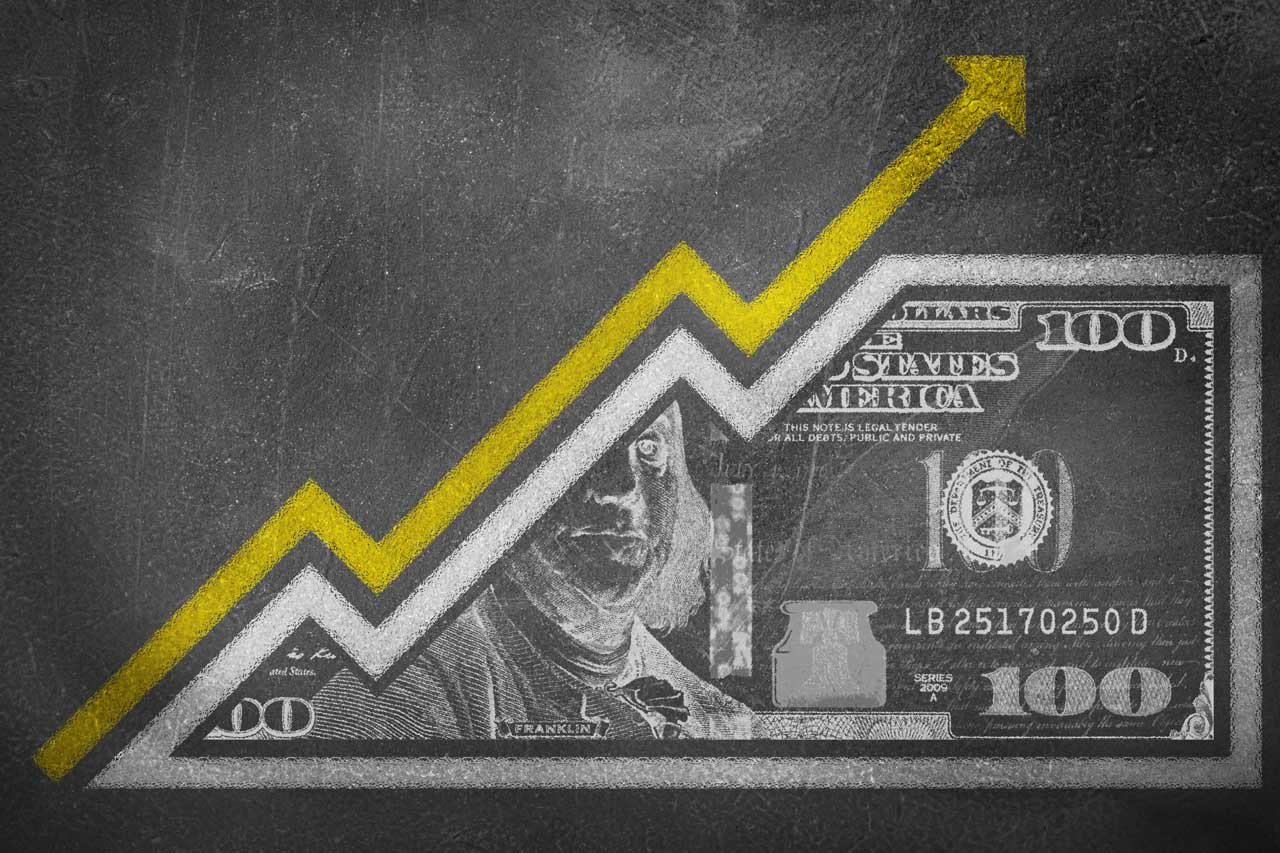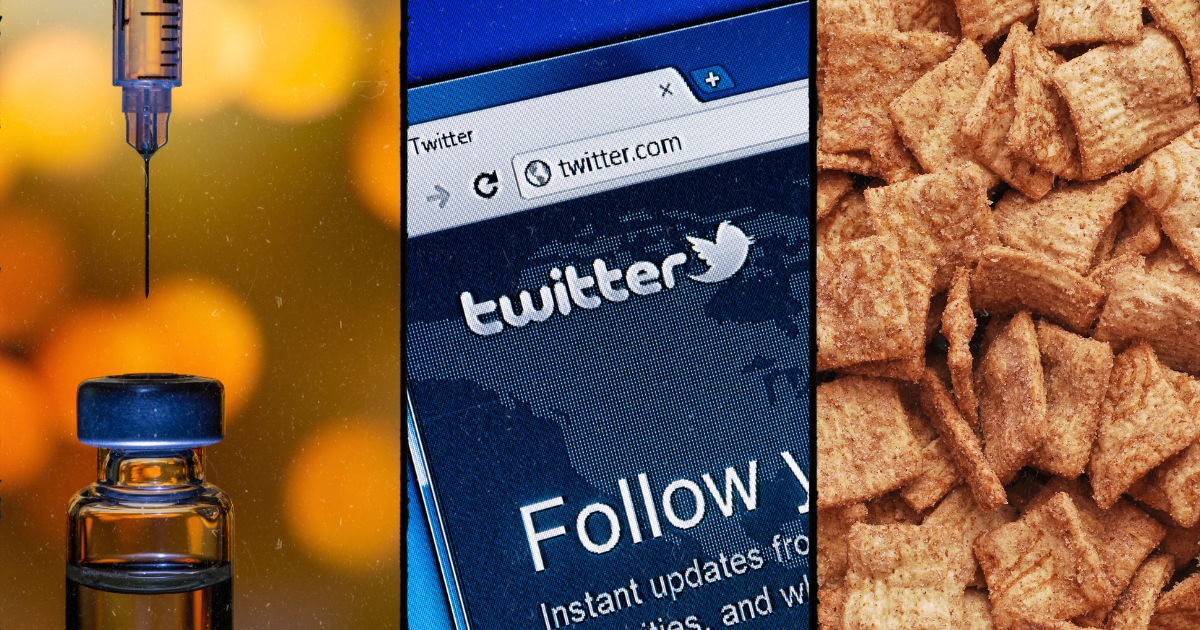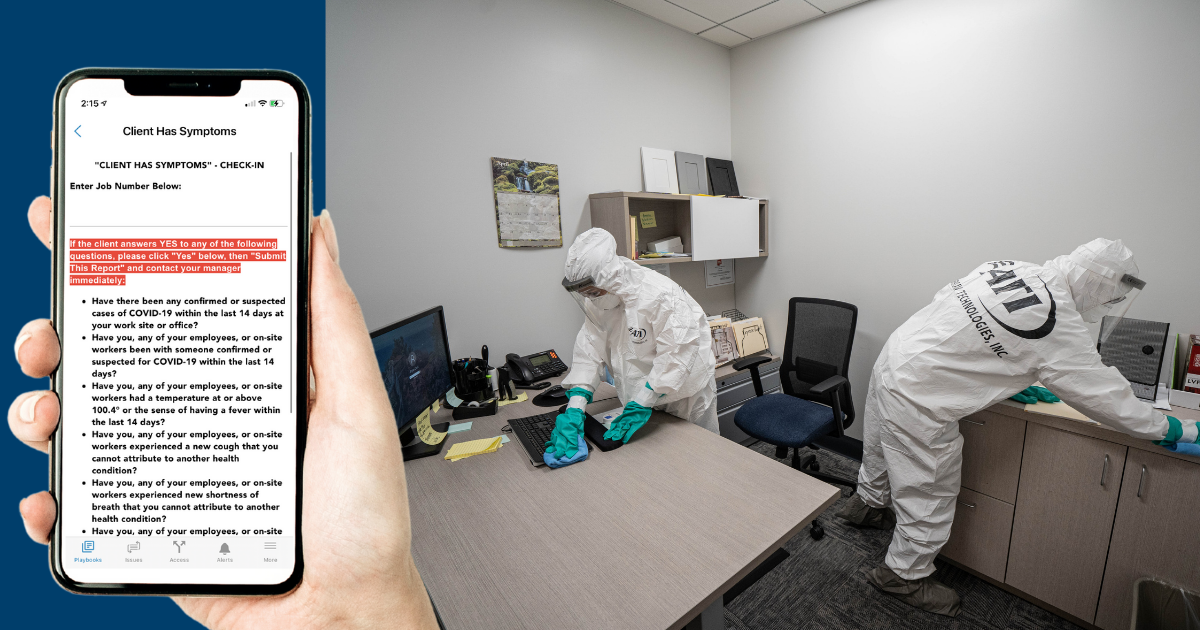The Cost of Mishandling a Crisis is High – and Getting Higher!

Let’s arm you with even more arguments for why an updated crisis plan must be one of your organization’s budget priorities.
In an earlier blog, we looked at the terrifying examples of Wells Fargo and Papa John’s. Two brands which, until recently, had enjoyed robust, positive reputations, but when confronted by adverse events and criticism, reacted badly and ignored best practices.
Lots of bad things have happened to both brands as a result of their calamitous crisis management – they both replaced their CEOs, for one thing.
Let’s take a closer look at one specific outcome, the stock price.
On July 25th of 2018, CNBC reported that Papa John’s stock price had fallen more than 33 percent since November the previous year, when CEO John Schnatter began the firestorm by criticizing the NFL for not responding more aggressively to players who were kneeling during the national anthem.
Wells Fargo’s ‘fake account’ scandal first became visible on September 8th, 2016, with news of a $185m fine.
That began a stock price slide, which accelerated when a Federal investigation was announced on the 14th. By September 26th, the stock was at a six-month low, with 10% of Wells Fargo’s valuation having been wiped out.
These were not one-off events.
A recent study revealed that the adverse impact of reputation crises on stock prices is getting worse. It looked at 125 reputation events in the past decade, measuring the impact on shareholder value over the following year.
One of the study’s sponsors, Aon, wanted to look more closely at how reputation risk has amplified in the age of instant communication and connectivity as reputation risk has consistently occupied one of the top spots in another of its surveys, the Global Risk Management Survey.
What the new study discovered was that the impact of reputation events on stock prices has DOUBLED recently!
And the size of the company and the strength of its previous reputation provided little protection.
In a news release, the enterprise client leader at AON, Randy Nornes, underlined what will protect organizations from adverse consequences:
“Savvy companies that develop and use a robust risk management framework can not only navigate reputation events but often see a net gain in value post-event.”
The report found that companies could ADD 20% of value or LOSE up to 30% of value depending on their reputation risk preparedness and the management behavior in the immediate aftermath of a crisis.
Are you having troubles convincing people that NOW is the time to invest in updating your own organization’s crisis preparedness plans?
These could be the shocking numbers that convince them to fund a crisis plan project!










